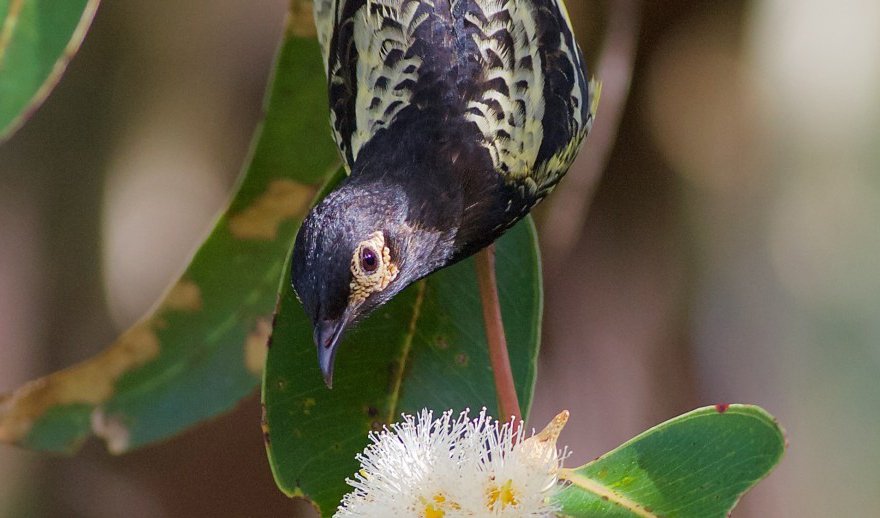Honeyeaters at risk of extinction, scientists call for urgent action

SCIENTISTS FROM THE Australian National University (ANU) have called for urgent action— specifically the release of captive-bred females to increase flock sizes of the critically-endangered Regent honeyeater, as there are limited female mates in the wild.
Due to habitat loss diminishing opportunities to breed, resulting in diminished flock sizes there are only 400 honeyeaters left in the wild putting them more at risk of extinction.
An ANU monitoring program observed the honeyeater in the wild and found several unpaired males, leading researchers to argue that captive bred honeyeaters should be released into the wild.
“When there are only a few birds trying to breed, we need to release captive-bred birds in areas where the wild birds are still present,” said Ross Crates, a PhD scholar from the Fenner School of Environment and Society.
“We frequently find unpaired males at these small breeding colonies. They sing and sing, but there are simply no spare females left for these poor males to breed with. It’s really sad to see.”
Ross explained that waiting until the last minute to save the species was simply not an option.
The research team, having located several single males early in the breeding season, explained that releasing the captive-bred females where the single wild males are singing will give them more opportunities to breed.
Ross added that the honeyeaters need to live in large flocks otherwise their song would be at risk.
“Reduced flock numbers mean we get a situation where the regent honeyeaters don’t know what they should be singing. They sometimes end up learning the songs of other species, which essentially means they may not be able to communicate with each other properly,” he said.
The research was published in the journal Emu- Austral Ornithology.
READ MORE:

